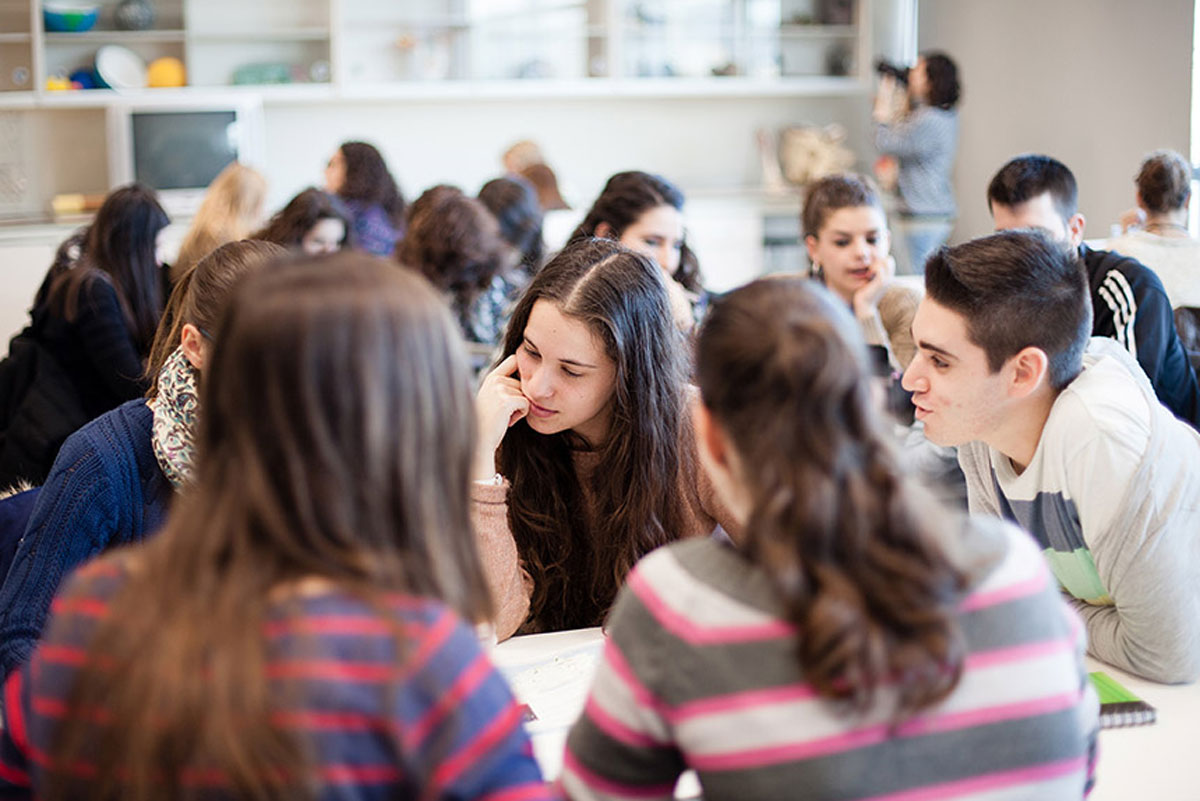Luis Miguel Lázaro, winner of the Janet Blackman Award for his article on the image of women in a moment of armed conflicts
- Press Office
- May 14th, 2019

Luis Miguel Lázaro, professor of Theory and History of Education at the Universitat de València, has won the Janet Blackamn award for his article ‘How women are imagined through conceptual metaphors in United Nations Security Council Resolutions on Women, Peace and Security’. The award was created two years ago by the ‘Journal of Gender Studies’ to pay homage to Blackman, a famous feminist, internationalist and lecturer at the University of Hull. The award is shared with Victoria Martín de la Rosa, lecturer at the Complutense University.
Lecturer Lázaro is the president of the Sociedad Iberoamericana de Educación Comparada and member of the Global Citizenship Education International Advisory Committee, the UNESCO Chair in Global Learning and Global Citizenship Education, at the University of California-Los Angeles (U.C.L.A).
The Resolution 1325 of the United Nations Security Council is a historical pronouncement about the Women, Peace and Security Agenda. This resolution does not only highlight the important role of the participation of women in the processes of peace, but it also highlights the significance of their equal participation in all of the efforts done towards the preservation and promotion of peace. Moreover, it was the outbreak of the approval of other resolutions, produced based on that first file.
The purpose of the awarded article was to analyse, from a cognitive linguistics point of view, the way in which women are referred to in this pronouncements through the two conceptual metaphors that are most frequently repeated: Women are victims –usually found on previous resolutions–, and women are change agents –the metaphor that has grown stronger and has achieved more visibility as more resolutions get created–.
Since metaphors are the cognitive lens we use to give meaning to abstract concepts, it is important to analyse each of these metaphors in order to see how they shape the characterization of women in the time of an armed conflict and post-conflict and, by doing so, how they guide our comprehension and behaviour towards them.
More information:
File in: Producció científica
















